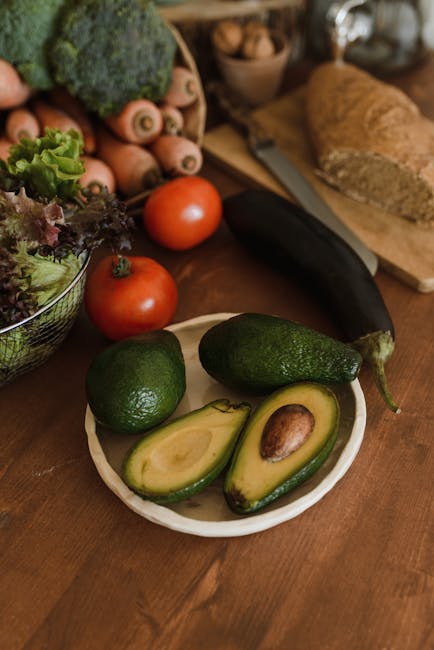Mastering Cilantro Propagation: From Seed to Harvest in Your Garden
Understanding Cilantro: A Quick Overview
Cilantro, also known as coriander, is a beloved herb widely used in various cuisines worldwide. Its vibrant, fresh flavor adds a distinctive touch to countless dishes, from salsas and chutneys to curries and soups. However, cilantro’s popularity often leads to disappointment – it can be notoriously tricky to grow, with plants often bolting (going to seed) quickly in warm weather. Mastering the art of cilantro propagation is key to enjoying a continuous supply of this flavorful herb. This comprehensive guide explores various methods to ensure a bountiful cilantro harvest, year after year.
Choosing Your Cilantro Propagation Method
There are several ways to propagate cilantro, each with its own advantages and disadvantages. The best method for you will depend on factors like your climate, gardening experience, and desired yield. Let’s explore the most common methods:
1. Propagating Cilantro from Seeds
This is the most common and generally easiest method. Cilantro seeds are readily available at most garden centers and online retailers. Here’s a step-by-step guide:
- Seed Starting Indoors (for cooler climates): Start seeds indoors 4-6 weeks before the last expected frost. Use seed-starting mix, sow seeds about ¼ inch deep, and keep the soil moist but not soggy. Provide plenty of sunlight, either with a sunny windowsill or grow lights.
- Direct Sowing Outdoors (for warmer climates): Sow seeds directly into the garden after the last frost when soil temperatures have warmed to at least 60°F (15°C). Space seeds about ½ inch apart and about 1 inch deep. Thin seedlings to 4-6 inches apart once they’ve established.
- Soil Preparation: Cilantro thrives in well-drained, loose soil rich in organic matter. Amend heavy clay soil with compost or other organic materials to improve drainage and aeration.
- Watering: Keep the soil consistently moist, especially during germination and establishment. Avoid overwatering, which can lead to root rot.
- Sunlight: Cilantro prefers at least 6 hours of sunlight per day. However, in hot climates, some afternoon shade may be beneficial to prevent bolting.
2. Propagating Cilantro from Cuttings
While not as common as seed propagation, cilantro can also be propagated from stem cuttings. This method is useful for preserving a particularly desirable cultivar or for quickly expanding your existing cilantro plants.
- Taking Cuttings: Select healthy, non-flowering stems about 4-6 inches long. Cut just below a node (the point where leaves emerge from the stem).
- Removing Lower Leaves: Remove the lower leaves from the cutting to prevent rot.
- Rooting Hormone (Optional): Dip the cut end of the stem in rooting hormone to encourage faster root development.
- Planting Cuttings: Plant the cuttings in a pot filled with moist seed-starting mix or a well-draining potting mix. Keep the soil consistently moist.
- Humidity: Cover the pot with a plastic bag or dome to maintain high humidity, which will help the cuttings root faster.
- Transplanting: Once the cuttings have developed roots (usually within a few weeks), they can be transplanted into individual pots or directly into the garden.
Preventing Bolting: The Key to Continuous Cilantro
Bolting, the process where the plant prematurely flowers and sets seeds, is a common problem with cilantro. Bolting results in a bitter, less flavorful herb and often signals the end of the plant’s life cycle. Here are several strategies to prevent or delay bolting:
- Choose the Right Variety: Some cilantro varieties are more heat-tolerant and less prone to bolting than others. Look for varieties specifically bred for slow bolting or long-season growth.
- Successive Sowing: Sow small batches of cilantro seeds every few weeks to ensure a continuous supply of young, tender leaves. This prevents the entire crop from bolting simultaneously.
- Shade During Hot Weather: Provide some afternoon shade during the hottest part of the day, especially in warmer climates. This can help to prevent the plant from stressing and bolting.
- Consistent Moisture: Keep the soil consistently moist but not waterlogged. Stress from drought can trigger bolting.
- Avoid Over-Fertilizing: Excessive nitrogen can promote rapid growth and increase the likelihood of bolting.
Harvesting and Storing Your Cilantro
Once your cilantro plants have reached a sufficient size (usually about 4-6 inches tall), you can begin harvesting. Harvesting regularly encourages bushier growth and prevents bolting. Here’s how to harvest and store cilantro:
- Harvesting: Harvest the leaves by pinching or cutting them from the plant. Avoid removing more than one-third of the plant at any one time.
- Storage: Store fresh cilantro in a plastic bag in the refrigerator. It will last for several days. You can also freeze cilantro by blanching the leaves and then storing them in freezer bags.
- Drying: Cilantro can also be dried by hanging bunches upside down in a cool, dark, and well-ventilated area. Once dry, store the leaves in an airtight container.
Troubleshooting Common Cilantro Growing Problems
Even with the best intentions, cilantro growing can present challenges. Here are some common problems and their solutions:
- Yellowing Leaves: This can indicate nutrient deficiencies, overwatering, or pests. Check the soil’s pH and consider using a balanced fertilizer. Inspect for pests and treat accordingly.
- Leggy Plants: This often indicates insufficient sunlight. Move the plants to a sunnier location or supplement with grow lights.
- Pests: Aphids, spider mites, and other pests can attack cilantro. Inspect the plants regularly and treat with insecticidal soap or other appropriate methods if necessary.
- Diseases: Diseases such as root rot and fungal leaf spots can affect cilantro. Ensure good drainage and avoid overwatering.
Cilantro Beyond the Garden: Container Gardening and Hydroponics
Cilantro can be successfully grown in containers, making it ideal for those with limited space. Choose a container at least 6 inches deep with drainage holes. Use a well-draining potting mix and follow the same care instructions as for garden-grown cilantro. Hydroponics is another option, allowing for year-round cilantro production regardless of weather conditions.
Conclusion: Embrace the Bounty of Homegrown Cilantro
By following these tips and techniques, you can successfully propagate cilantro and enjoy a continuous harvest of this delicious and versatile herb. Remember that experimentation is key; different methods work best in various climates and conditions. Don’t be discouraged by initial setbacks; with patience and persistence, you’ll soon be mastering the art of cilantro propagation and relishing the fresh flavor of homegrown cilantro in your favorite dishes.






